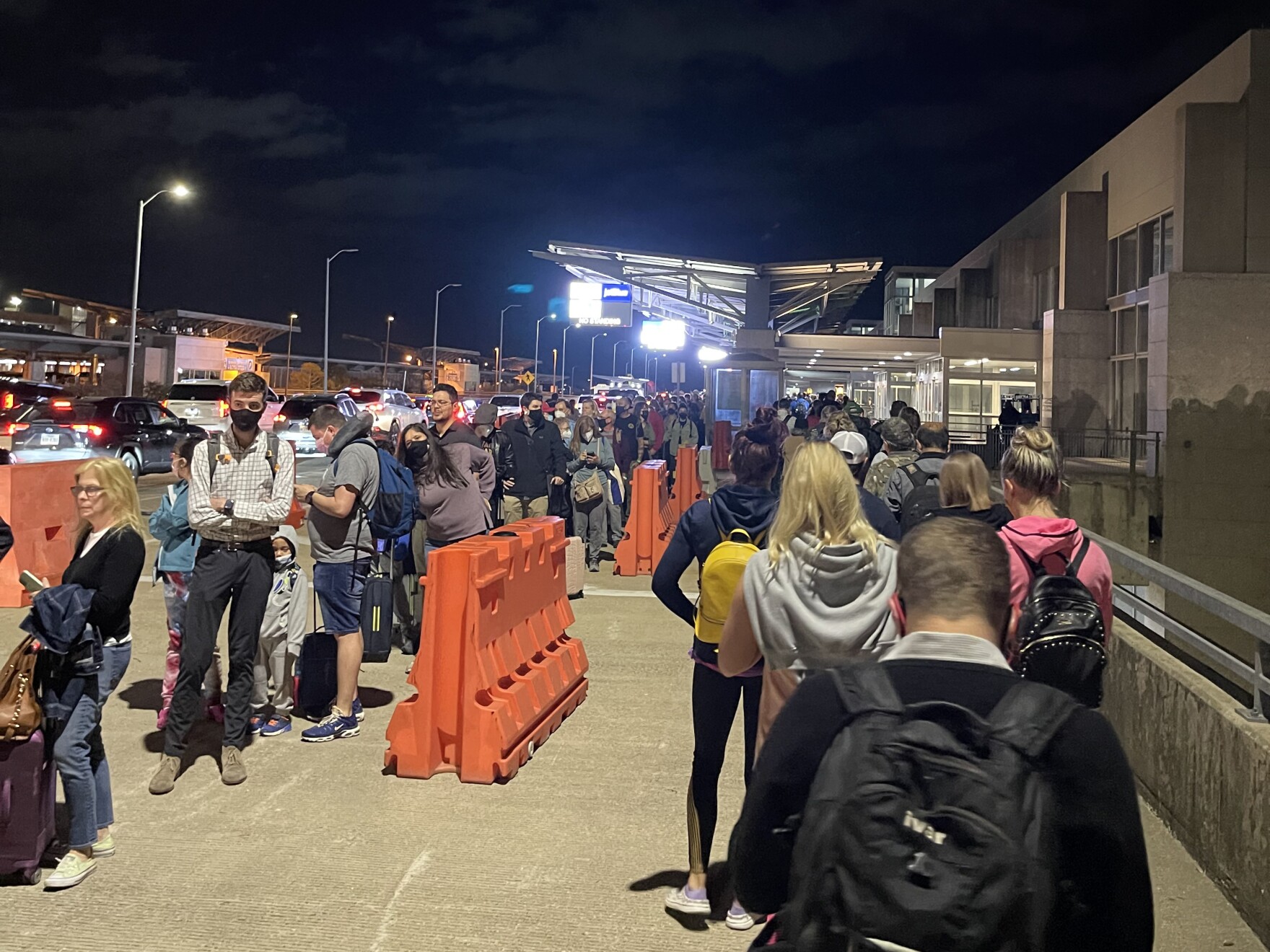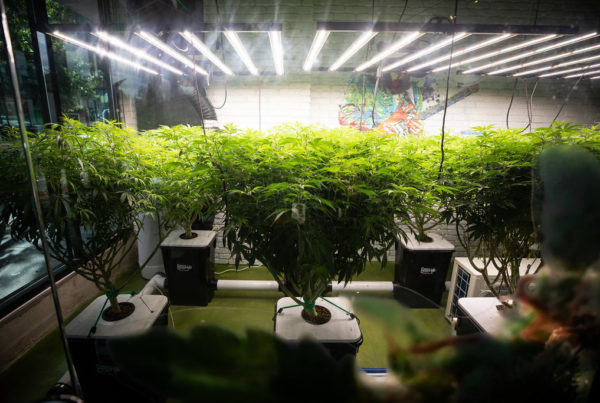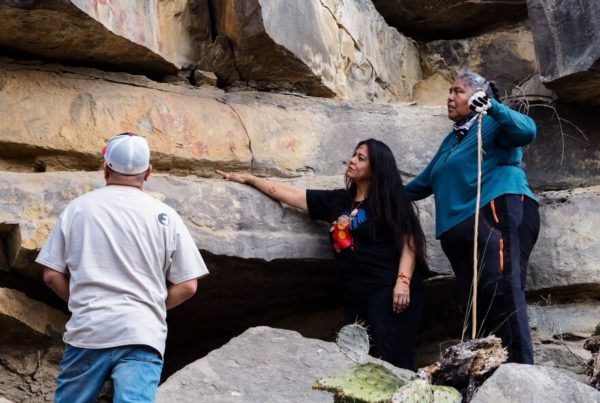From KUT Austin:
When Carmen Ortiz arrived at Austin-Bergstrom International Airport (ABIA) this morning two hours before departure as recommended, the line to get through security stretched down the Barbara Jordan terminal, outside the building and back down the entire length of the terminal.
“I’ve never had to wait in a security line outside the airport,” Ortiz said. “Everyone was showing up at the airport shocked.”
Before the sun had even risen, the wait for TSA screening had stretched to more than 90 minutes, over three times what the Transportation Security Administration considers “normal.”
Even though the TSA says all its screening lanes were open, including three new lanes added late last year, screeners got slammed with more than 8,252 passengers before 8 a.m., about 1,600 more than normal.
The TSA says it recently brought in extra staff from other airports to help at ABIA, but the agency is still struggling to hire enough employees in Austin, even with hiring bonuses of up to $2,000.
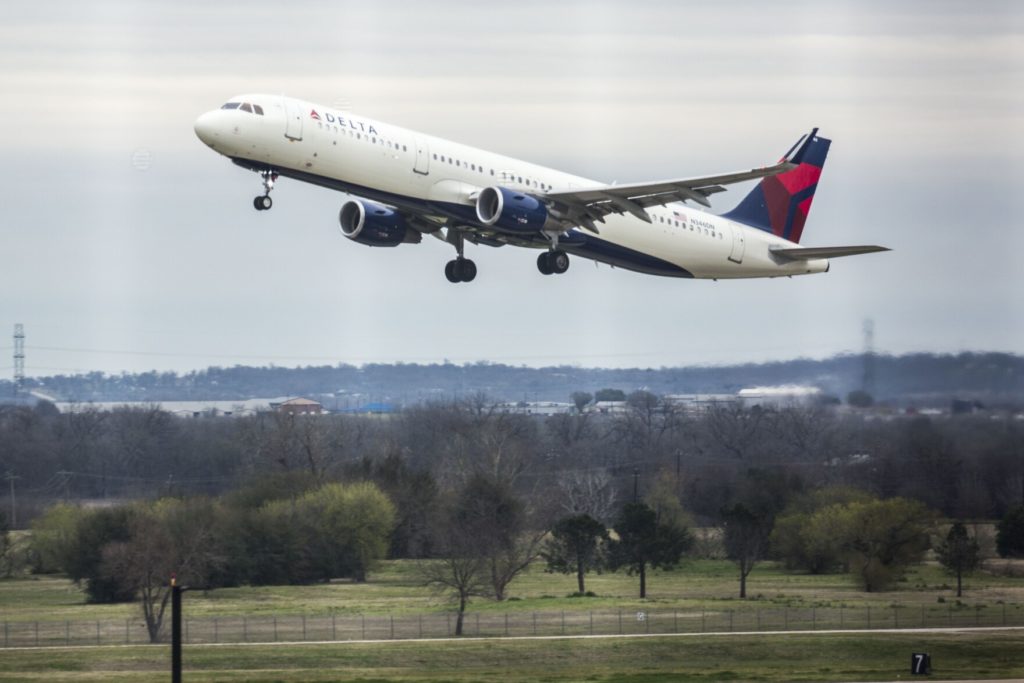
A Delta Air Lines flight departs from Austin-Bergstrom International Airport.
Monday morning — already one of the busiest times at the airport — was made even more hectic today by a rush of people traveling home from three major sporting events over the weekend: the Texas Relays track and field competition at UT Austin, the NASCAR race at Circuit of the Americas and the World Golf Championships-Dell Technologies Match Play at Austin Country Club.
The line was so long that Southwest Airlines had already begun rebooking flights for some passengers who still had an hour before their flights boarded. Ortiz changed her departure to later in the morning.
“A lot of people from out of town were asking, ‘Is this normal? Is this what the airport is like every time?'” she said on the phone while waiting for her rebooked flight.
It’s not normal, but these types of early-morning jumbles are becoming increasingly common at ABIA. Airlines are adding flights to and from Austin faster than any other midsized airport in the United States, officials have said. That includes this afternoon’s inaugural flight by KLM Royal Dutch Airlines from Austin to Amsterdam.
A $4 billion airport expansion launched last year to respond to the breakneck growth will take years to roll out.
The clearest indication that these types of bottlenecks will continue comes from airport officials themselves. They expect a record-breaking 20 million passengers this year in a facility built for 15 million.
Those unprecedented crowds are already stress-testing the airport’s existing infrastructure in new ways. People trying to drop off their rental cars this morning arrived to a distressing surprise: Lanes leading to the airport’s car rental facility were blocked by lines of abandoned rental vehicles.
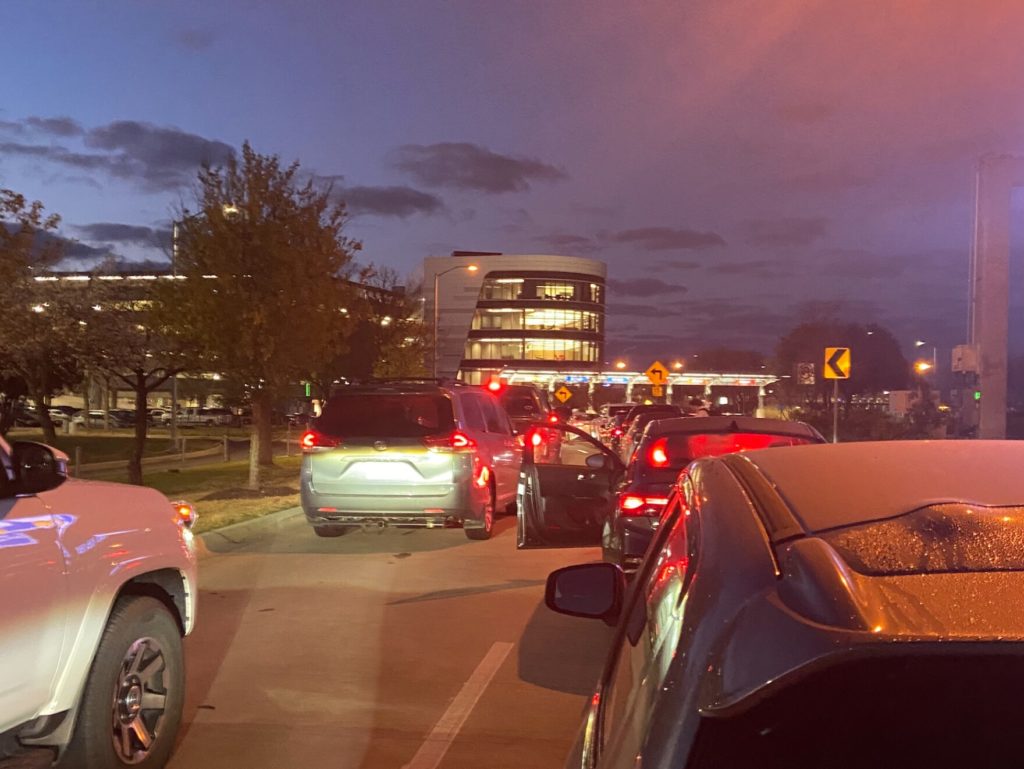
People abandoned rental cars on the lanes leading to the airport’s rental car facility Monday morning. Traveller Kelly Nagel said she took this photo around 6:30 a.m.
“It was like an apocalypse,” said Jeff Gluck, a sports reporter visiting from Denver for the NASCAR race. “All the cars were on the road sitting empty.”
As Gluck lingered with his rental car wondering what to do, more people trying to return their vehicles arrived, boxing him in.
According to airport staff, it all started when one rental car stalled on the drop-off curb, stopping the return of vehicles. Staff told customers they could go catch their flights if they just left the keys in the car. That caused a chain reaction as more people facing the possibility of a missed flight saw others leaving their rental vehicles.
“People were honking their horns,” Gluck said. “Nobody could move their cars, so I just left my car with everybody else and was just like, ‘I just hope they check it in eventually.'”
Gluck said he barely made his flight back home to Denver. When he touched down, he got an email saying his vehicle had been returned.
Passengers aren’t the only ones feeling squeezed. Sometimes, airlines are forced to cope with the undersized airport infrastructure.
With 282 flights scheduled today, ABIA is warning airlines about a possible fuel shortage at the airport. So planes are being advised to “tanker in” jet fuel, meaning they should fly with more fuel loaded than they typically would.
The airport can store between 1-3 days of fuel, depending on how busy it gets. Officials have said an airport of a similar size would have a 5-7 day supply of fuel.
Part of the airport’s planned multibillion-dollar expansion includes building a new storage facility that could hold up to 6 million gallons of jet fuel. But the plan has faced opposition from nearby residents worried about sleeping fewer than 500 feet from the tank farm.
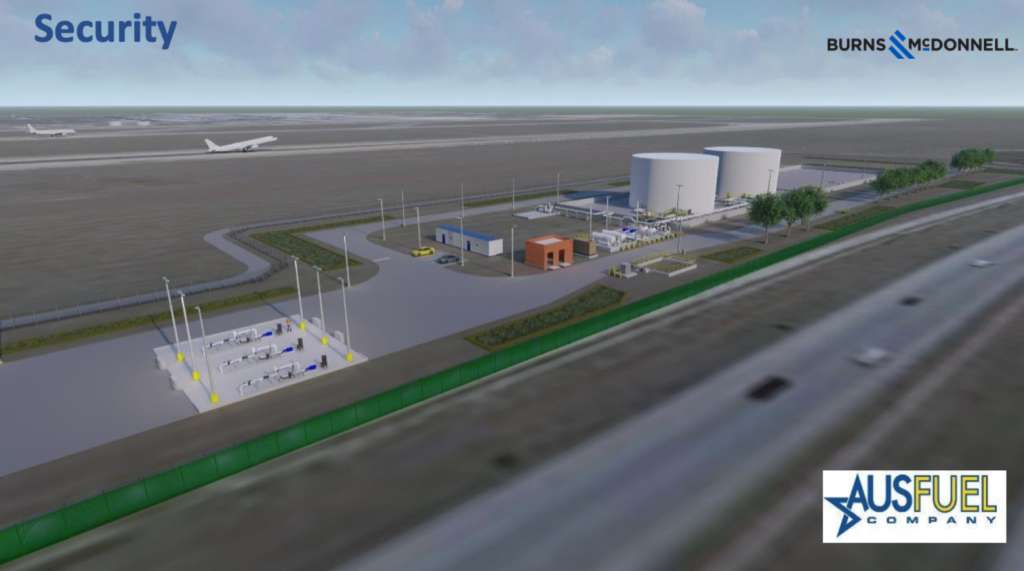
This illustration of the jet fuel tank farm shows two 1.5 million gallon storage tanks, but the site is being constructed to accommodate up to four such tanks.
Austin City Council Member Vanessa Fuentes, whose district includes the airport, is asking her fellow council members to force airport staff to choose a new location for the tank farm. Airport officials have said the site near McCall Lane is the only one that fits with their longterm expansion plans.
With the airport increasingly strained under the weight of Austin’s rapid economic growth, some travelers are still finding ways to navigate the crowds.
Kelly Nagel, a PhD student at Penn State University who’s originally from Waco, was among those left with little choice but to abandon their rental cars this morning.
But Nagel says she was able to skip past the “shocking” security line out the door by using TSA PreCheck, which offers a separate security line for passengers who undergo fingerprinting and a background check. TSA PreCheck usually costs $85 for five years. She got through in five minutes.
“We walked through and were like, ‘That’s the best $85 we’ve ever spent,'” Nagel said. “We ended up getting really fortunate, but it was still bewildering.”


